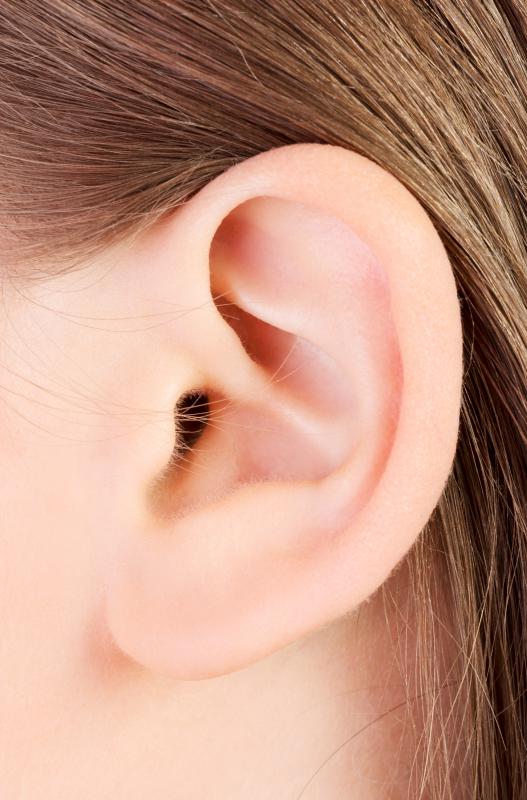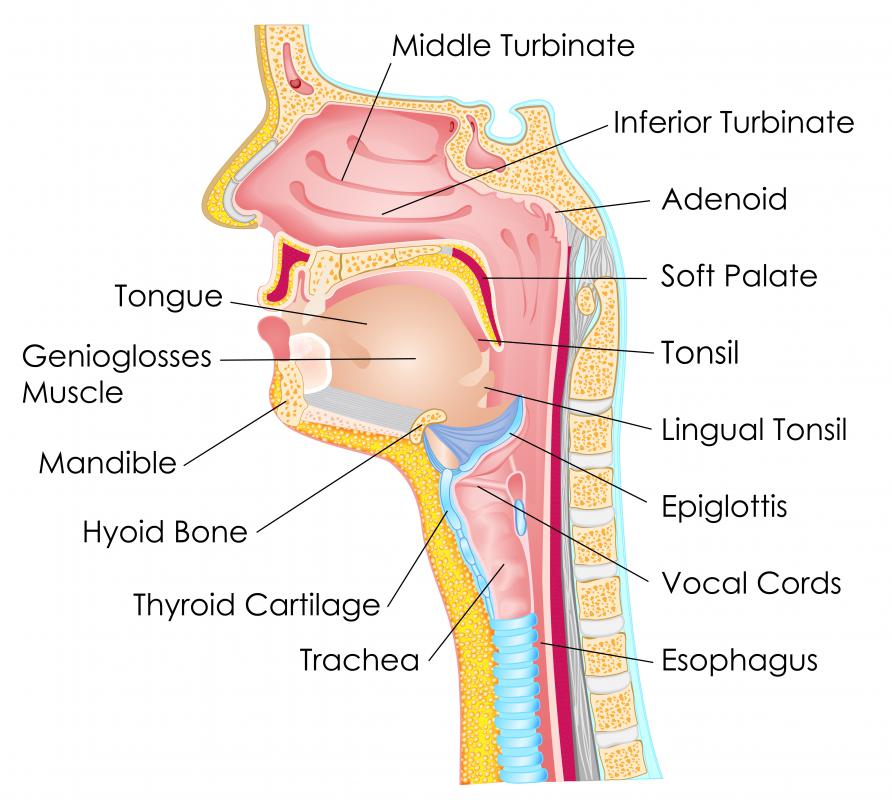At WiseGEEK, we're committed to delivering accurate, trustworthy information. Our expert-authored content is rigorously fact-checked and sourced from credible authorities. Discover how we uphold the highest standards in providing you with reliable knowledge.
What is the Temporomandibular Joint?
The temporomandibular joint is the joint where the lower jaw bone, or the mandible, and the temporal bone of the skull meet. There is one temporomandibular joint on each side of the skull. Often abbreviated TMJ, this joint can be subject to a great deal of stress, movement and pressure during the course of chewing, talking or other everyday activities. Sometimes this leads to misalignment of the joint, referred to as temporomandibular joint disorder, or TMD.
Making up the upper and lower jaw are the jaw bones — the mandibles, or lower jaw bones, and the maxilla, or upper jaw bones. Sometimes the lower jaw bone is referred to as the lower maxilla. When a jaw bone disorder such as TMD occurs, it often is related to stress in this area and sometimes to problems with the occlusion, or bite, and the position of the teeth.

Symptoms of temporomandibular joint disorder include earache, headache, pain in the neck and shoulders and even pain in the upper back. Because the symptoms can be so varied and widespread, TMD is often difficult to diagnose. Several major nerves pass through the same area as the temporomandibular joint, so misalignment of the joint can result in compression on these nerves and cause a variety of possible symptoms.

TMD treatment can be approached in a variety of ways. Some dental professionals practice neuromuscular dentistry, specializing in managing TMD through various methods. One type of treatment involves completely relaxing the muscles in the jaw through electronic stimulation in order to determine the proper alignment of the jaw. Various dental techniques are then used to maintain proper alignment by adjusting the bite or the position of the teeth. This non-invasive treatment can be expensive but is often very effective.

Another option to treat temporomandibular joint disorder is TMJ surgery. Surgery can range from a minimally invasive procedure that irrigates the joint to remove fluids to more complex procedures used to realign or even replace the joint. One approach to temporomandibular joint surgery is to reposition the disc that lies between the mandible and the temporal bone. This disc of cartilage protects the joint, and if it has become misplaced, it can be the root cause of TMD.

In other cases, temporomandibular joint surgery involves removing the disc completely. Other methods focus on the socket in which the mandible rests. The socket might be either too deep or too shallow and could need to be restructured. For even more severe cases, the joint can be removed and replaced.
AS FEATURED ON:
AS FEATURED ON:

















Discuss this Article
Post your comments